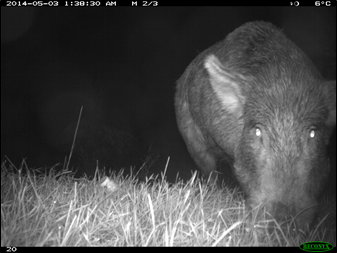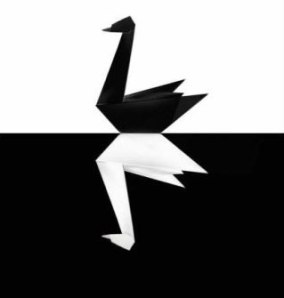Posted by Samantha Lincoln @slin247
With the increasing prevalence of technology and social media, and the ability to widely disperse information, I find myself asking why I have followed a path of research and conservation. Is it with the aim of publishing in the most prestigious journals to add gold stars to my CV, or because the academic community is the most effective place to disperse knowledge? This is a question I’m yet to answer, but as my career progresses public interaction seems to be where I personally can make the greatest difference. I have always wanted to give a voice to those who cannot speak for themselves and help our native species which have been under threat for so long. This blog is but one way members of Ecology Ngatahi are able to share our knowledge on a public platform; I encourage others to take a moment to remember why they do what they do and how best to truly make a positive impact in their environment.
Over the year of my Masters focussing on domestic cats (Felis catus) in urban habitats, I have found myself repeatedly compared to Gareth Morgan in a negative light. His outspoken opinions on the negative impacts of cats in Aotearoa have often isolated people from important discussions due to his cold assessment of cats, however it has also brought an important issue into public discussions. Many argue that pet cats have positive impacts due to their predation of mice and rats, and that they only prey upon common birds, and ‘my Fluffy isn’t a hunter’ – the list goes on. But there is unequivocal proof that cats do have negative impacts upon our native species, and that what cat owners see is not representative of their beloved’s total kill count. A US study found less than a quarter of kills were returned home. Rodents are still present at high levels in our urban parks despite cats. I caught 131 ship rats (Rattus rattus) and 7 Norway rats (Rattus norvegicus) over just five nights (1255 corrected trap nights) at eight urban Auckland bush fragments, at sites with plenty of cat activity.

Clockwise from top left: a cat duo on the prowl at Walpole Reserve, a rat visiting Arch Hill Reserve a few hours after a cat passed through, a cat visiting Peretao Reserve, and another cat at Walpole Reserve. Source: Moultrie 990i cameras; Sam Lincoln.
Ecology can be a tangle, which is why single species control for pest management can lack luster compared to more comprehensive programmes. Large scale projects with generous community input like Cape to City are a great way to inspire and educate the public; putting academic findings to practice while encouraging future generations of scientists. We need to continue open discourse regarding pest management of all pest species, treating ecosystems as integrated systems which won’t be fixed by single species control. As scientists, it is our responsibility to ensure relevant information is made available to the public in a readily consumable format to dispel misinformation and encourage active conservation.
Despite some of our pest species being adorable, we must act to save our natives.

From top: a hedgehog (Erinaceus europaeus) being released from a live capture trap at Peretao Reserve, a party of Eastern Rosellas (Platycercus eximius) at Gretel Reserve, a tree-hugging possum (Thrichosurus vulpecula) at Walpole Reserve, and a possum family photo from Sunnynook Reserve. Source: Moultrie 990i cameras; Sam Lincoln
 Sam Lincoln is an MSc student in the Centre for Biodiversity & Biosecurity, School of Biological Sciences, University of Auckland. She is trying to disentangle interactions between domestic cats and rats in urban environments. She is supervised by Margaret Stanley, John Innes and Al Glen.
Sam Lincoln is an MSc student in the Centre for Biodiversity & Biosecurity, School of Biological Sciences, University of Auckland. She is trying to disentangle interactions between domestic cats and rats in urban environments. She is supervised by Margaret Stanley, John Innes and Al Glen.







